 Facebook
Facebook
 X
X
 Instagram
Instagram
 TikTok
TikTok
 Youtube
Youtube
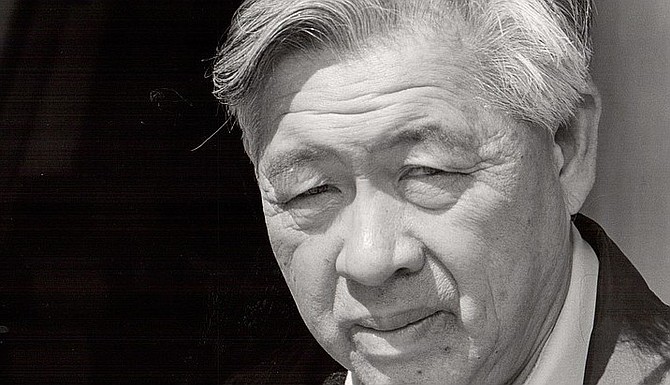
Joe Quin has a wholesale produce business at 431 Third Avenue, between Island Avenue and J Street. He and his family live above the lugs of vegetables and wooden produce crates of the business, as the Chinese have traditionally done. If you stand by the railroad tracks at the bottom of Third Avenue and look north, you will see his big, pale green house. ( April 8, 1982)
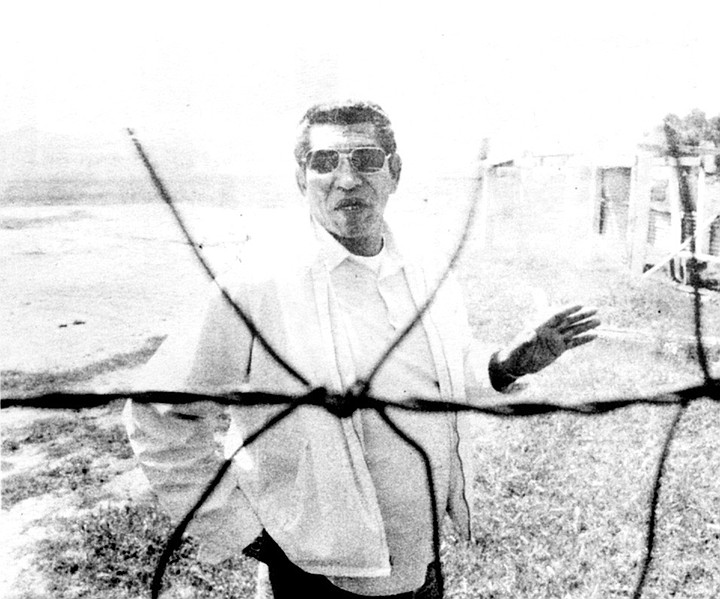
"I can remember drinking at the age of ten, because it was there. I started drinking at home. My mother and my stepdad drank every day, although they were very hard workers. I would wait until they went to work. I knew where they hid their wine." (June 10, 1982)
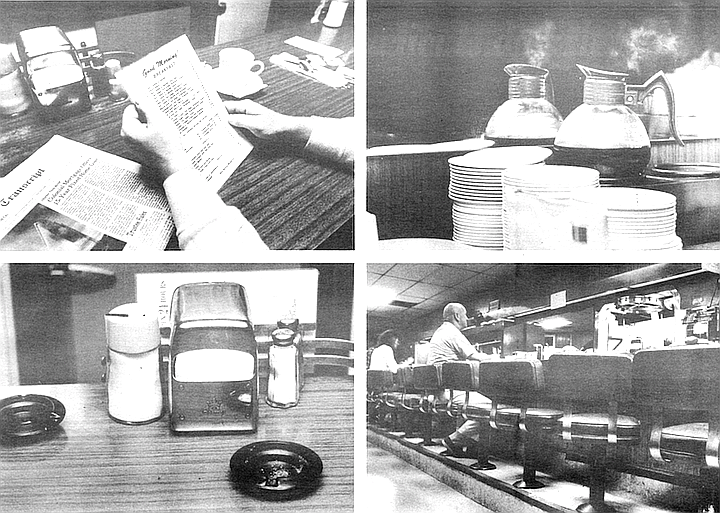
I leave home before four, especially if I’m working up front. The first thing I do is go to the iceboxes and see what I have to bring up from the back. That is very important. I do the trays of tartar sauce and get out all the butters. (July 29, 1982)

Harold Darling had operated a private film club, the Classic Cinema Guild, and a short-lived theater on University Avenue, the Shadow Box Theater, and a bookstore known as the Sign of the Sun, first in Hillcrest and then on College Avenue. When Darling opened the Unicorn Theater in December of 1964, Harold Leigh came to the first show, and never left. (Oct. 28, 1982)
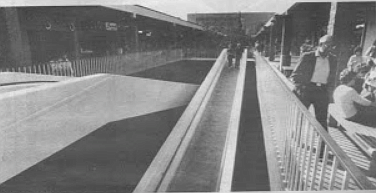
Today there isn’t much about South Bay Plaza to distinguish it from the commercial buildings around it: just two parallel lines of stores separated by an unpretentious pedestrian mall. It was the biggest shopping center in San Diego when it opened in two phases, in 1955 and 1956, on what had been a cabbage field at Plaza Boulevard and Highland Avenue in National City. (Dec. 16, 1982)
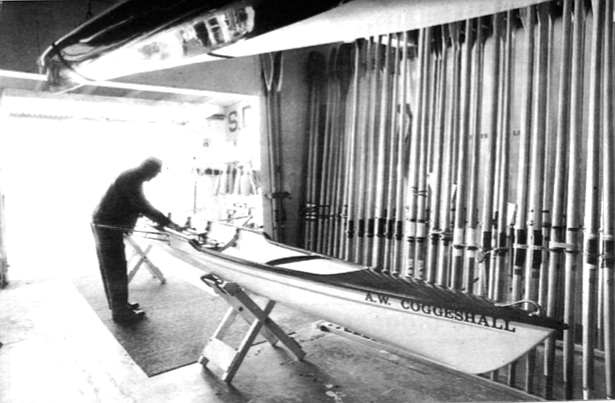
A.W. Coggeshall came here when the city was still young, just forty-two years after Alonzo E. Horton founded New San Diego. That was in 1909, the same year that Horton died. Like Horton, Coggeshall as a young man clerked in a grocery store and was an outstanding athlete; like Horton, as soon as he could he started buying land, in what by then was downtown San Diego, and made money doing so. (March 17, 1983)
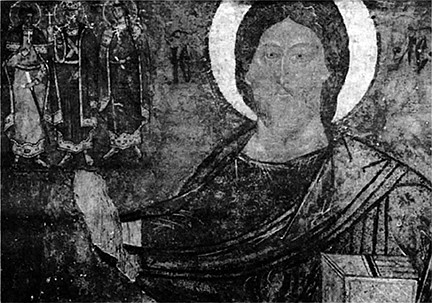
A recent Tuesday morning in Balboa Park had brought a wooden angel weakened by insect tunneling, a fragmented jade sculpture, and a portrait of the owner’s grandmother that was mildewed and improperly framed. (April 26, 1979)
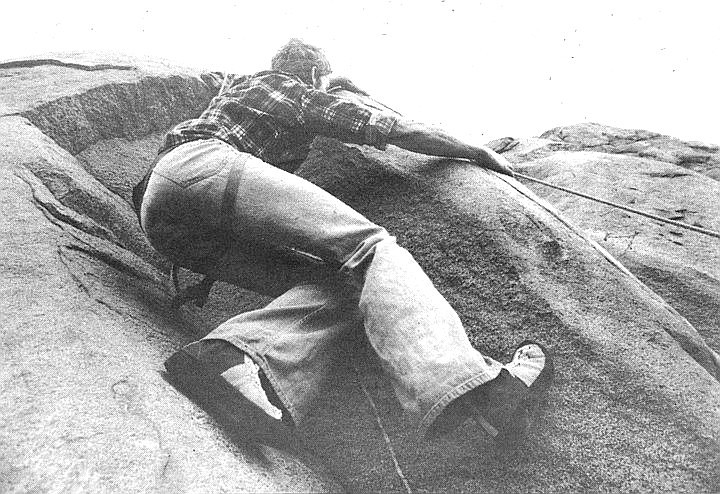
Harlan peels a banana in the reserved, even reticent way he addresses all things. He chews it thoughtfully and thoroughly, and folds the peel into a plastic bag. As he eats, he speaks in a calm and even voice, and he talks about what he loves most in the world. It is rock climbing. (Jan. 31, 1980)

It was mostly dirt. A dirt road, a bunch of one-story houses and a few two-story ones, a scattering of low wooden fences, and a lot of dirt front yards and dirt back yards. Around it some trees, the tallest of them barely higher than the rooftops, some low scrub, and more dirt. This was Old Town in 1867 when Alonzo E. Horton arrived and said, “I would not give you five dollars for a deed to the whole of it. ” (Nov. 13, 1980)
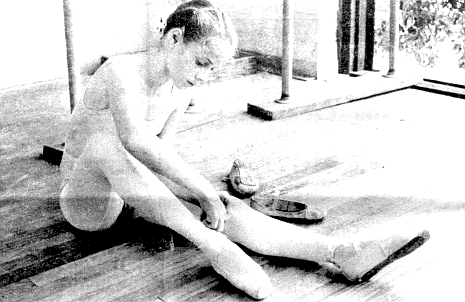
Waiting: sitting, standing, stretching, eating an orange, talking quietly or with animation, trying not to be nervous. At least some of them had not been able to sleep the night before. It’s a familiar locker-room scene but the teen-agers in it are not athletes. (April 23, 1981)

“I was here about a year ago, I think they told me last night. It's kind of hard to remember. . . places I go to and how long it’s been, because I don’t think about it. And I didn’t know this is where I was coming until I got here." (July 2, 1981)

I go to New York to see my mother. She has lived in New York City for thirty-eight years and been to Brooklyn only once — in 1972. Most of those years she has worked in an old-age home where almost all the residents have been younger than she is now. (Dec. 10, 1981)
Amy Chu served as calendar editor and wrote feature stories for the Reader in the late 1970s and early 1980s.


Joe Quin has a wholesale produce business at 431 Third Avenue, between Island Avenue and J Street. He and his family live above the lugs of vegetables and wooden produce crates of the business, as the Chinese have traditionally done. If you stand by the railroad tracks at the bottom of Third Avenue and look north, you will see his big, pale green house. ( April 8, 1982)

"I can remember drinking at the age of ten, because it was there. I started drinking at home. My mother and my stepdad drank every day, although they were very hard workers. I would wait until they went to work. I knew where they hid their wine." (June 10, 1982)

I leave home before four, especially if I’m working up front. The first thing I do is go to the iceboxes and see what I have to bring up from the back. That is very important. I do the trays of tartar sauce and get out all the butters. (July 29, 1982)

Harold Darling had operated a private film club, the Classic Cinema Guild, and a short-lived theater on University Avenue, the Shadow Box Theater, and a bookstore known as the Sign of the Sun, first in Hillcrest and then on College Avenue. When Darling opened the Unicorn Theater in December of 1964, Harold Leigh came to the first show, and never left. (Oct. 28, 1982)

Today there isn’t much about South Bay Plaza to distinguish it from the commercial buildings around it: just two parallel lines of stores separated by an unpretentious pedestrian mall. It was the biggest shopping center in San Diego when it opened in two phases, in 1955 and 1956, on what had been a cabbage field at Plaza Boulevard and Highland Avenue in National City. (Dec. 16, 1982)

A.W. Coggeshall came here when the city was still young, just forty-two years after Alonzo E. Horton founded New San Diego. That was in 1909, the same year that Horton died. Like Horton, Coggeshall as a young man clerked in a grocery store and was an outstanding athlete; like Horton, as soon as he could he started buying land, in what by then was downtown San Diego, and made money doing so. (March 17, 1983)

A recent Tuesday morning in Balboa Park had brought a wooden angel weakened by insect tunneling, a fragmented jade sculpture, and a portrait of the owner’s grandmother that was mildewed and improperly framed. (April 26, 1979)

Harlan peels a banana in the reserved, even reticent way he addresses all things. He chews it thoughtfully and thoroughly, and folds the peel into a plastic bag. As he eats, he speaks in a calm and even voice, and he talks about what he loves most in the world. It is rock climbing. (Jan. 31, 1980)

It was mostly dirt. A dirt road, a bunch of one-story houses and a few two-story ones, a scattering of low wooden fences, and a lot of dirt front yards and dirt back yards. Around it some trees, the tallest of them barely higher than the rooftops, some low scrub, and more dirt. This was Old Town in 1867 when Alonzo E. Horton arrived and said, “I would not give you five dollars for a deed to the whole of it. ” (Nov. 13, 1980)

Waiting: sitting, standing, stretching, eating an orange, talking quietly or with animation, trying not to be nervous. At least some of them had not been able to sleep the night before. It’s a familiar locker-room scene but the teen-agers in it are not athletes. (April 23, 1981)

“I was here about a year ago, I think they told me last night. It's kind of hard to remember. . . places I go to and how long it’s been, because I don’t think about it. And I didn’t know this is where I was coming until I got here." (July 2, 1981)

I go to New York to see my mother. She has lived in New York City for thirty-eight years and been to Brooklyn only once — in 1972. Most of those years she has worked in an old-age home where almost all the residents have been younger than she is now. (Dec. 10, 1981)
Amy Chu served as calendar editor and wrote feature stories for the Reader in the late 1970s and early 1980s.
Comments